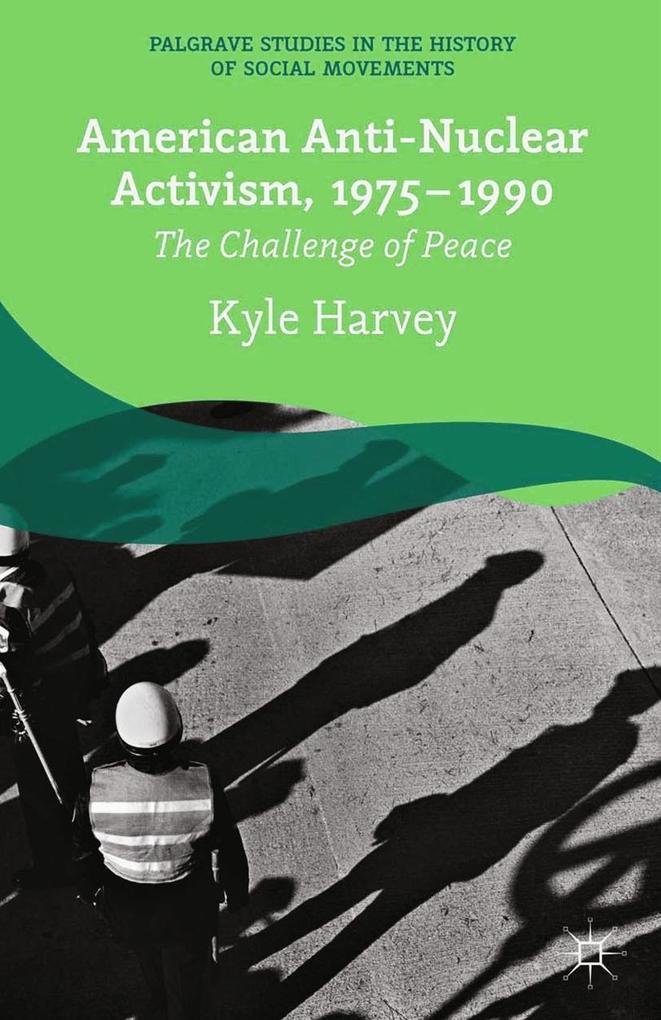Looking at national peace organizations alongside lesser-known protest collectives, this book argues that anti-nuclear activists encountered familiar challenges common to other social movements of the late twentieth century.
Inhaltsverzeichnis
Introduction: Dynamics of Anti-Nuclear Activism in the Second Cold War 1. Anti-Nuclear Coalitions: Pacifism, Radical Action, and a Rising Atomic Threat 2. Building a Mainstream Movement: Advertising, Publicity, and Image 3. Personal Politics: Radical Feminism, Difference, and Anti-Nuclear Activism 4. Prayer or Protest? Fasting, Nonviolence, and Anti-Nuclear Activism in the 1980s 5. Activism in the Heartland: Local Identities, Community, and 'The Day After,' in Lawrence, Kansas 6. Lifestyle Politics and Participatory Democracy: Communicating Peace across the United States on the Great Peace March Epilogue












